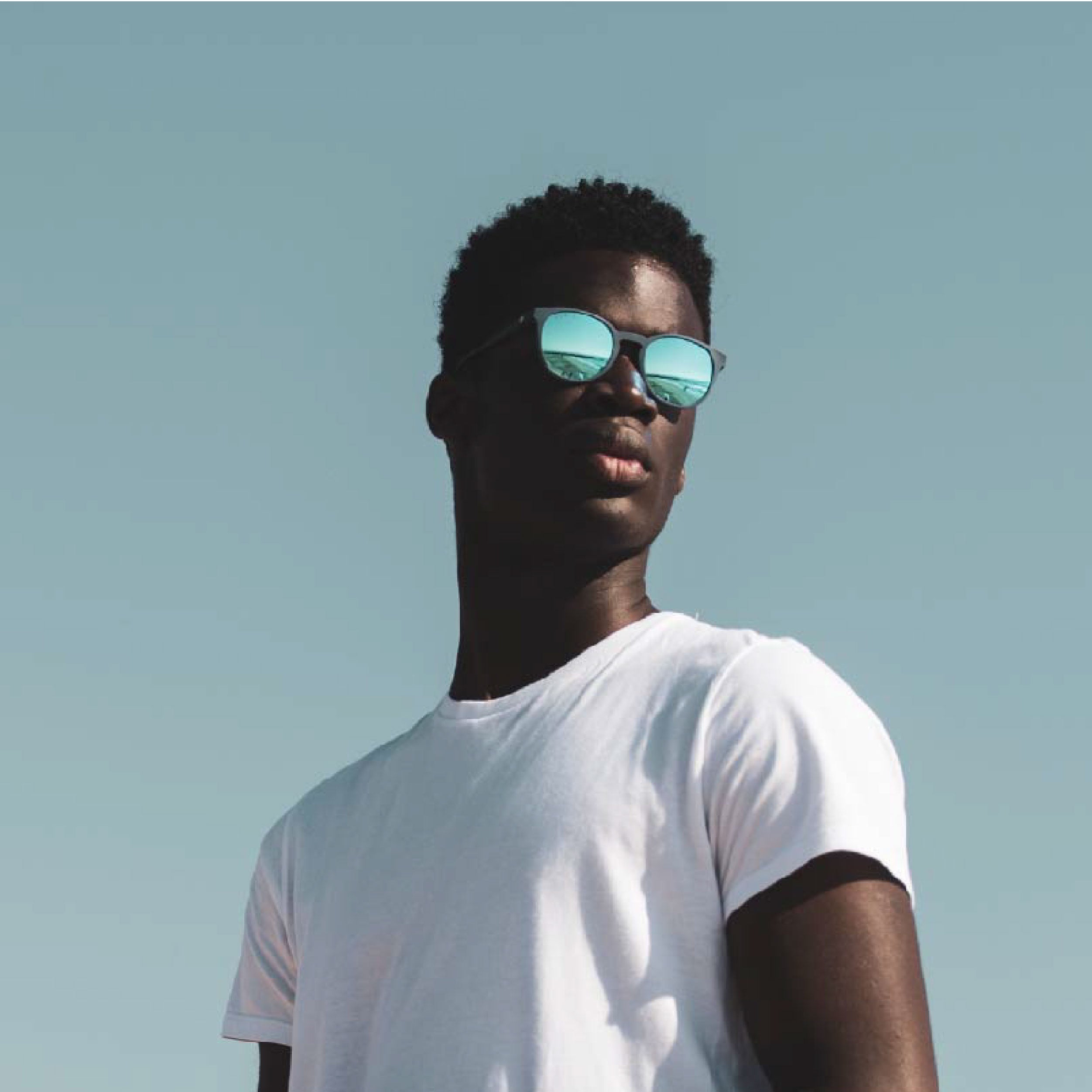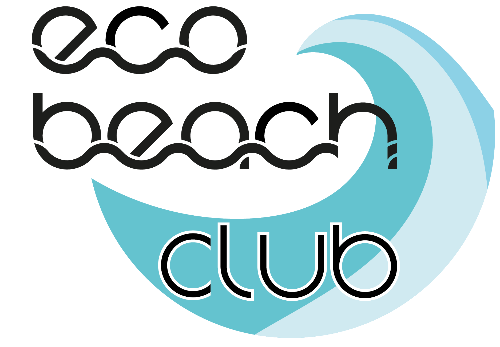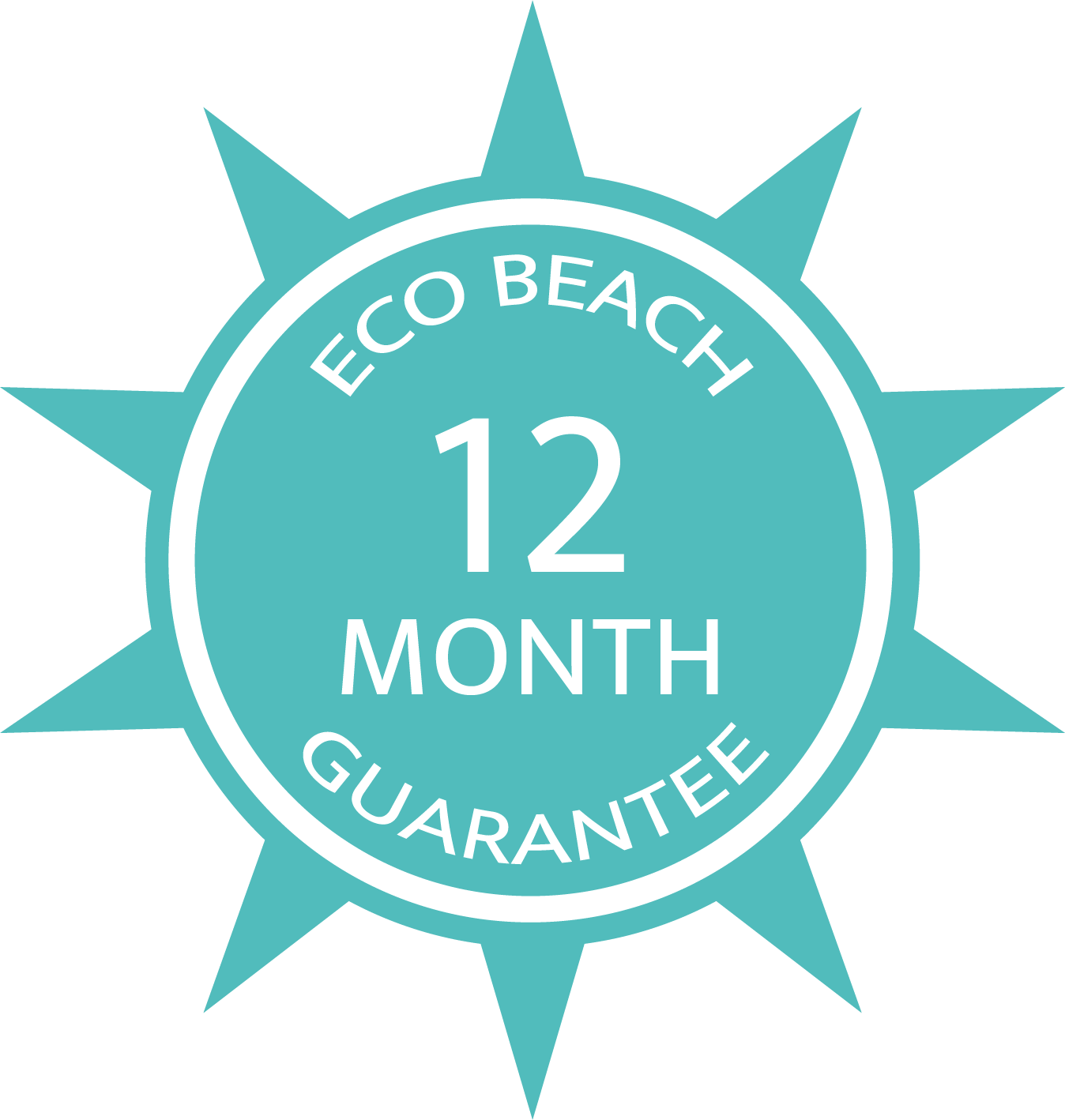Frequently Asked Questions on Buying Children's Sunglasses
What features should I look for when buying children's sunglasses?
When buying children's sunglasses, safety should always come first, so look for UV protection, preferably UV400, to block 100% of UVA and UVB rays. Ensure the lenses are impact-resistant and made of lightweight, durable materials. Bright colours or fun designs can make the sunglasses appealing to children. Safety should always come first, so check if they comply with UK safety standards.
Are children's sunglasses in the UK required to have UV protection?
Yes (in theory at least), children's sunglasses in the UK should have UV protection, but it is not well regulated. UV radiation can be harmful to young eyes, so it is important to ensure that the sunglasses you choose have proper UV filtering. The ideal level is UV400, which provides protection against both UVA and UVB rays. While not mandatory, it is strongly recommended for sunglasses to meet this standard, ensuring the child’s eyes are shielded from harmful rays.
What does UV400 protection mean, and is it necessary for kids' sunglasses?
UV400 protection means the sunglasses block all ultraviolet rays up to 400 nanometers, which covers both UVA and UVB rays. This level of protection ensures that children’s eyes are fully shielded from harmful sun exposure. It is highly recommended for children’s sunglasses, as their eyes are more vulnerable to UV damage compared to adults. When shopping for sunglasses, look for the UV400 label to ensure optimal protection for your child’s eyes.
Are polarised sunglasses better for children?
Polarised sunglasses are beneficial for children, particularly for reducing glare from reflective surfaces like water, snow, or wet pavement. The polarising filter helps to improve visual clarity and reduce eye strain by blocking horizontally reflected light. While they are not strictly necessary for everyday use, they are a great option for children who spend time outdoors in bright conditions or near water. Polarised lenses can enhance comfort and protect their eyes from glare-related fatigue.
Do children's sunglasses in the UK need to meet specific safety standards?
Yes, children's sunglasses in the UK should meet specific safety standards, including the EN ISO 12312-1:2013 standard. This ensures the sunglasses provide adequate UV protection and are impact-resistant. Additionally, lenses must be shatterproof to avoid injury. It is essential to verify the sunglasses comply with these regulations for your child’s safety.
Can toddlers wear sunglasses, and what type is best for them?
Yes, toddlers can wear sunglasses, and it’s important to protect their sensitive eyes from UV rays. Look for sunglasses with flexible, soft frames and adjustable straps that will stay securely in place. The lenses should be made from impact-resistant materials, and the sunglasses should offer UV400 protection. Choose sunglasses that are lightweight and comfortable, with fun designs to make them appealing to toddlers.
How do I clean and maintain my child’s sunglasses?
To clean children's sunglasses, use a soft microfiber cloth to wipe the lenses gently. Avoid using tissues or paper towels, as these can scratch the lenses. If needed, rinse the sunglasses with lukewarm water and a mild soap solution, then dry with a microfiber cloth. Store the sunglasses in a protective case to prevent damage. Keeping the sunglasses in good condition ensures they continue to provide proper eye protection.
Are there specific sunglasses recommended for children with sensitive eyes?
Yes, children with sensitive eyes should wear sunglasses with UV400 protection to block harmful rays. Additionally, polarised lenses can help reduce glare, which is beneficial for children who are sensitive to bright light. Lenses that are tinted in neutral colours, like grey or brown, are ideal for enhancing contrast without distorting colours. Look for sunglasses with flexible frames, lightweight materials, and a secure fit to ensure comfort. Consult an optician if your child has specific eye sensitivities or conditions.
Do kids need different sunglasses for winter and summer?
Yes, children may need different sunglasses for winter and summer, primarily due to variations in light exposure. In summer, sunglasses with UV400 protection are essential for shielding against intense sunlight. In winter, snow glare can be particularly harsh, so polarised sunglasses or those with a darker lens tint can help reduce this glare. Both seasons require UV protection, but the intensity of light varies, making sunglasses with specific features, like polarisation, more suitable for winter activities.
What are the best frame materials for durable children's sunglasses?
The best frame materials for children's sunglasses are those that are durable, lightweight, and flexible. Materials such as bio-acetate and wheat-straw are popular for their strength and flexibility, while also being lightweight. Additionally, layered woods offer durability and comfort. Choose a material that suits your child's lifestyle, ensuring long-lasting use and resistance to wear and tear.
Can children wear sunglasses while playing sports or swimming?
Yes, children can wear sunglasses while playing sports or swimming, but it’s important to choose the right type. For sports, look for sunglasses with secure, adjustable straps and impact-resistant lenses. Polarised lenses are beneficial for reducing glare during outdoor activities. For swimming, opt for water-resistant sports sunglasses or goggles with UV protection. These are designed to stay in place during physical activity and provide maximum protection against UV rays, enhancing comfort and visual clarity.














